
Instant Moodle Quiz Module How-to
¥41.41
Filled with practical, step-by-step instructions and clear explanations for the most important and useful tasks. Get the job done and learn as you go. Step-by step application of the features of Moodle Quiz provides a good grounding in creating effective assessment FOR and OF learning. Filled with practical, step-by-step instructions and clear explanations for the most important and useful tasks. Get the job done and learn as you go. If you are doing any kind of instruction using Moodle as your Learning Management System, this book is for you! Strong assessment is one of the keys to effective instruction and successful learners. Readers are expected to have a basic working knowledge of Moodle and access to a course they are instructing.
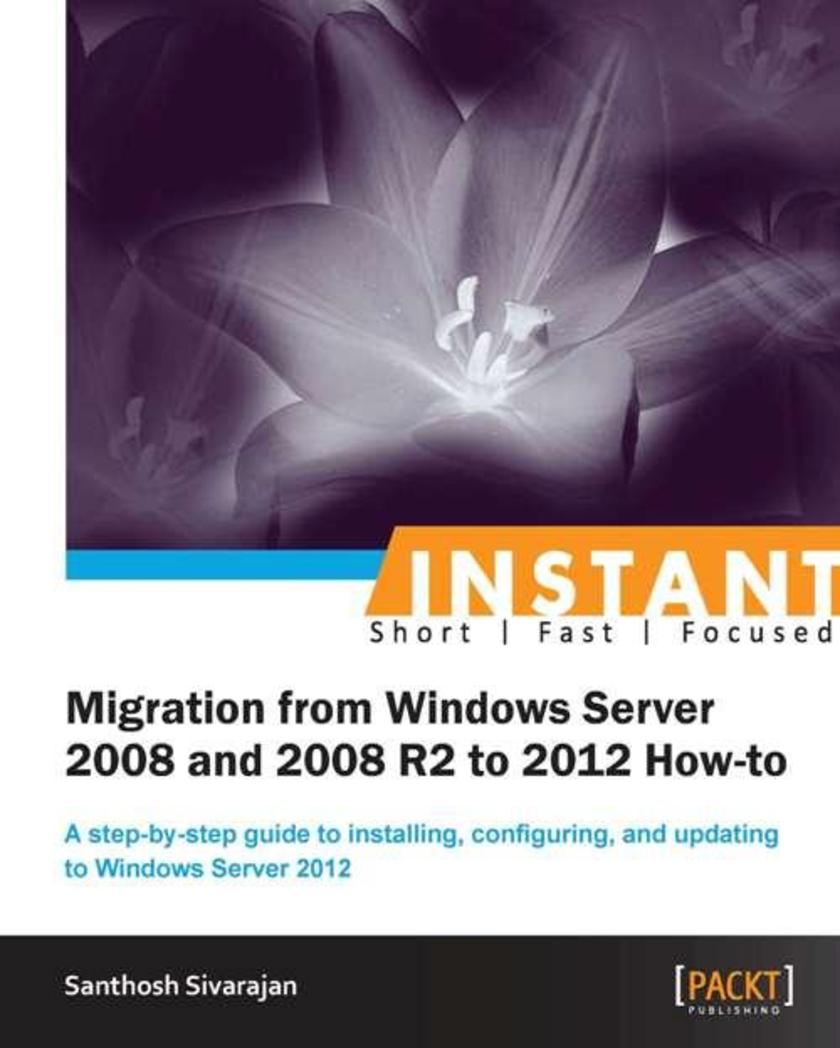
Instant Migration from Windows Server 2008 and 2008 R2 to 2012 How-to
¥50.13
Filled with practical, step-by-step instructions and clear explanations for the most important and useful tasks. Get the job done and learn as you go. Presented in a hands-on reference manual style, with real-world scenarios to lead you through each process. This book is intended for Windows server administrators who are performing migrations from their existing Windows Server 2008 / 2008 R2 environment to Windows Server 2012. The reader must be familiar with Windows Server 2008.
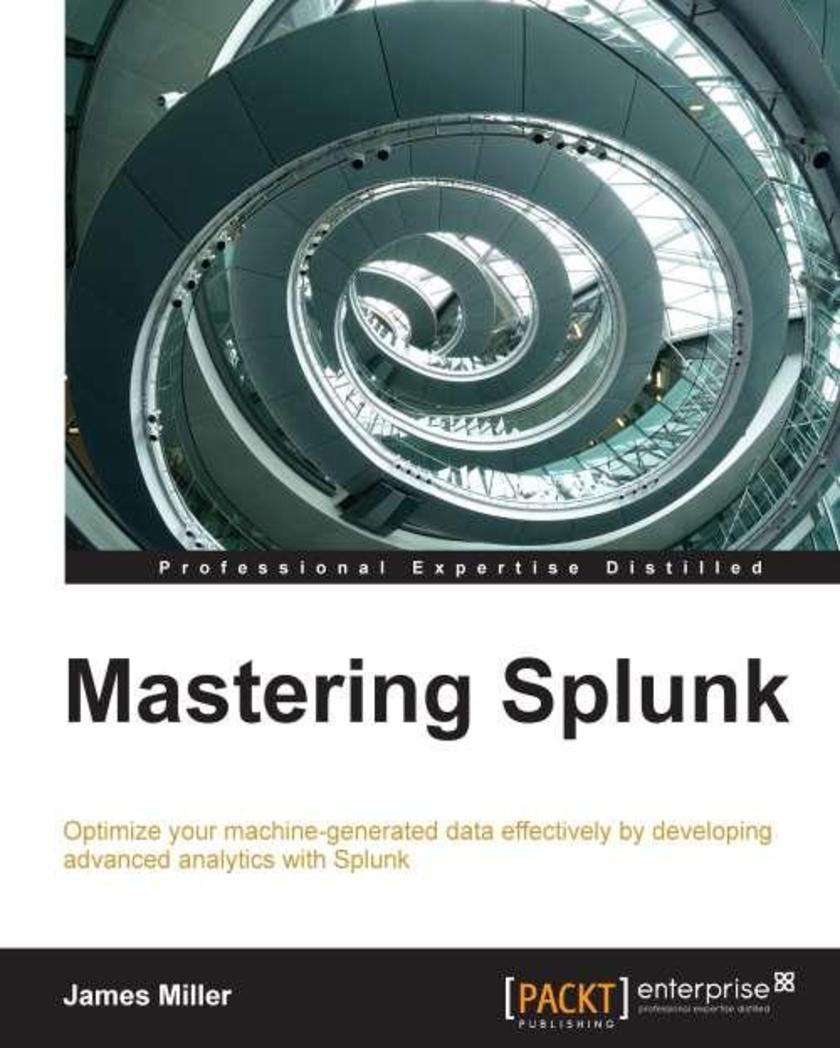
Mastering Splunk
¥90.46
This book is for those Splunk developers who want to learn advanced strategies to deal with big data from an enterprise architectural perspective. You need to have good working knowledge of Splunk.
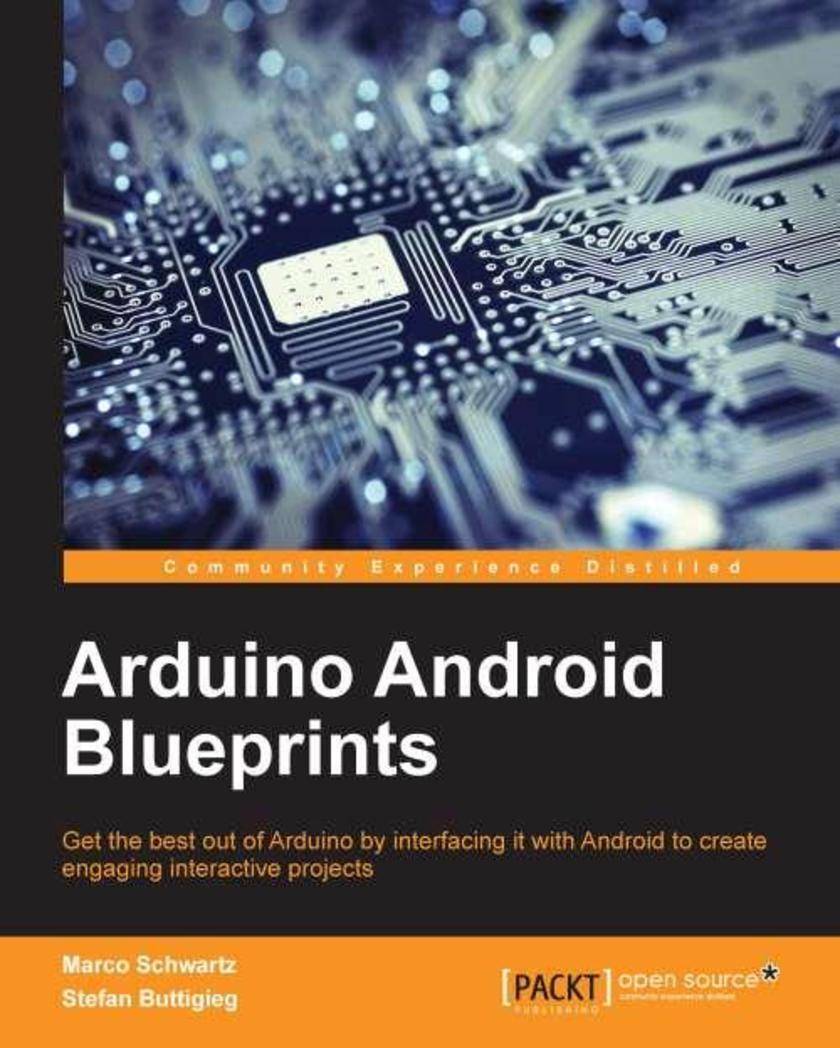
Arduino Android Blueprints
¥80.65
This book is for those who want to learn how to build exciting Arduino projects by interfacing it with Android. You will need to have some basic experience in electronics and programming. However, you don't need to have any previous experience with the Arduino or Android platforms.

Managing Virtual Infrastructure with Veeam? ONE?
¥54.49
This book is aimed at virtualization professionals who want to improve their skills in infrastructure monitoring and management. You need a good understanding of server virtualization and management of virtual environments.
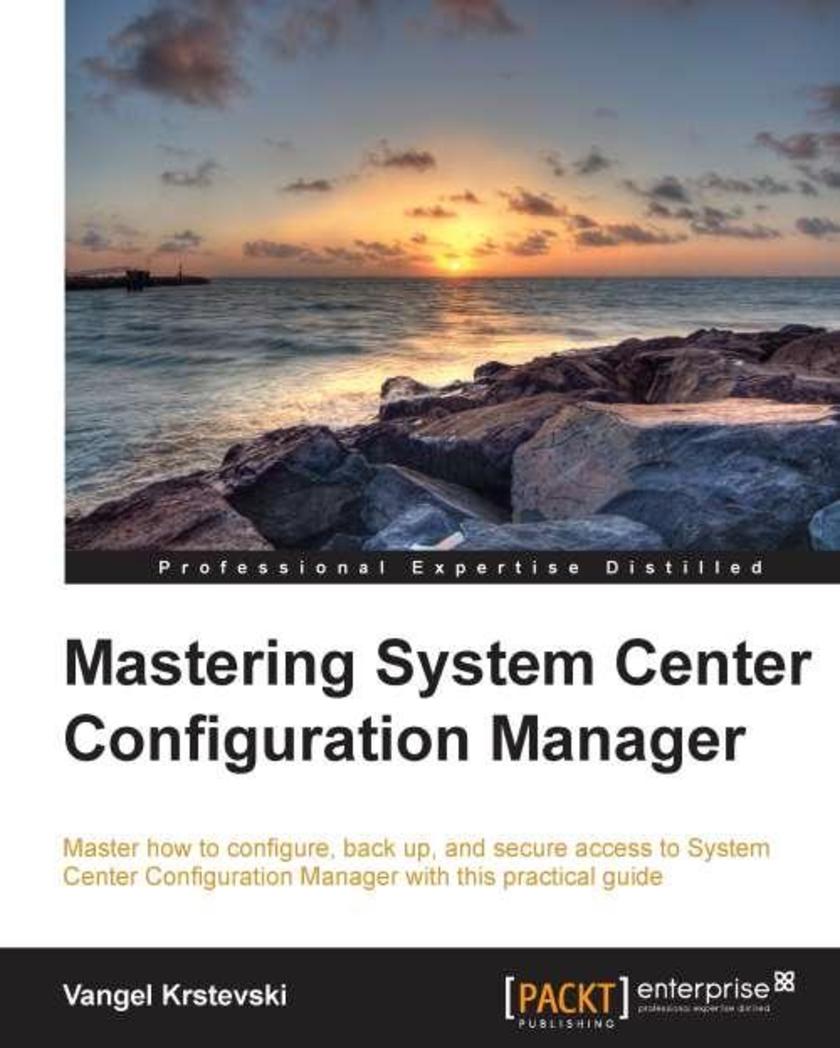
Mastering Microsoft system centre Configuration Manager
¥80.65
This book is perfect for IT administrators who are looking to enhance their skills on system and asset management. A fair understanding of the core elements and applications related to SCCM would be helpful.
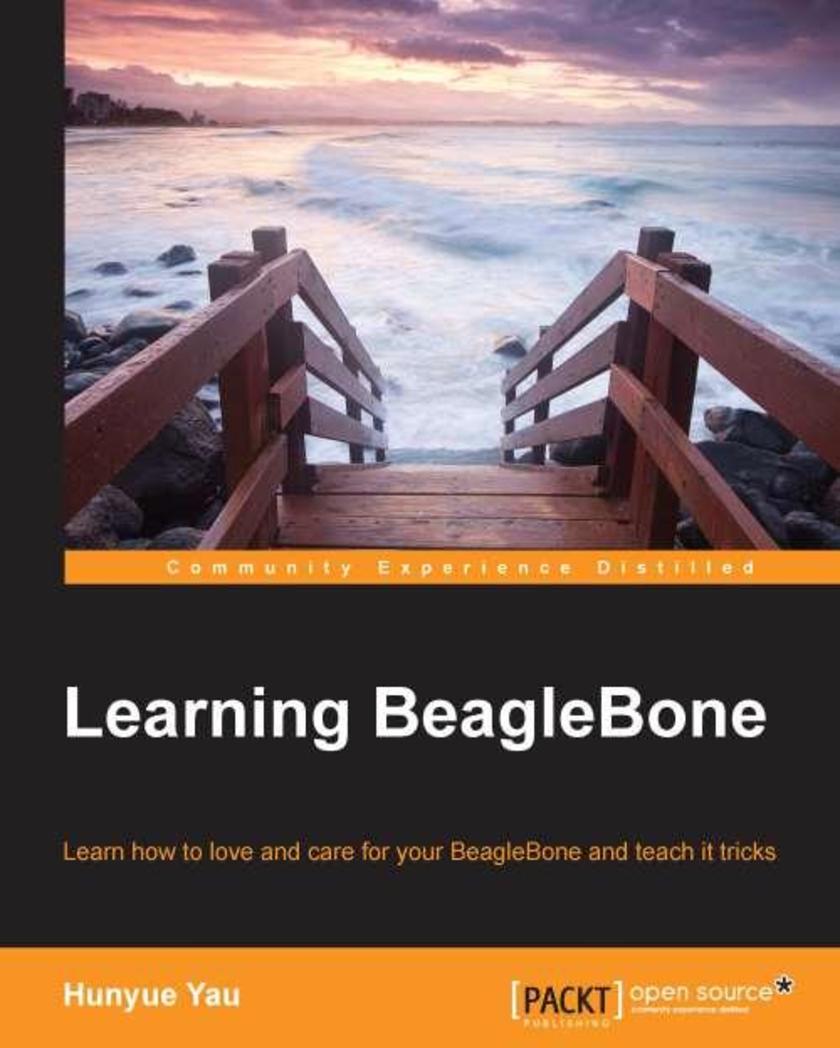
Learning BeagleBone
¥54.49
This book is for new BeagleBone owners who are looking to quickly get their microboard up and running. It would be helpful to have an understanding of embedded concepts or Linux but neither is essential.
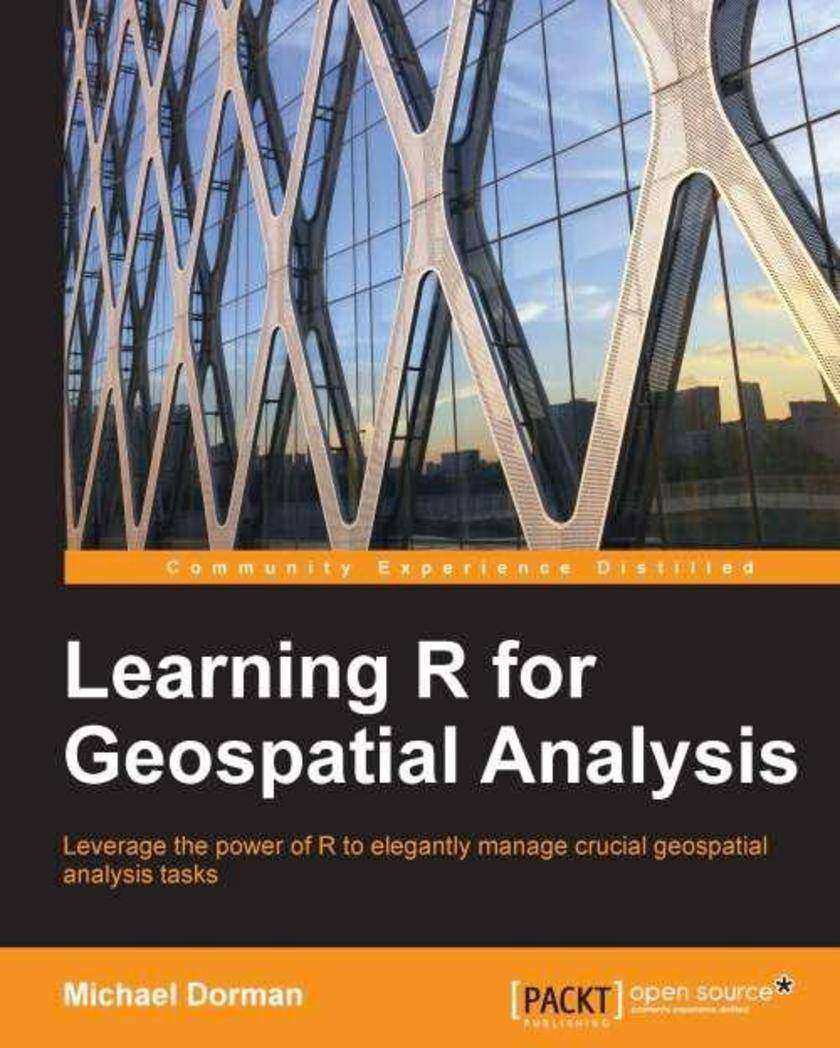
Learning R for Geospatial Analysis
¥90.46
This book is intended for anyone who wants to learn how to efficiently analyze geospatial data with R, including GIS analysts, researchers, educators, and students who work with spatial data and who are interested in expanding their capabilities through programming. The book assumes familiarity with the basic geographic information concepts (such as spatial coordinates), but no prior experience with R and/or programming is required. By focusing on R exclusively, you will not need to depend on any external software—a working installation of R is all that is necessary to begin.
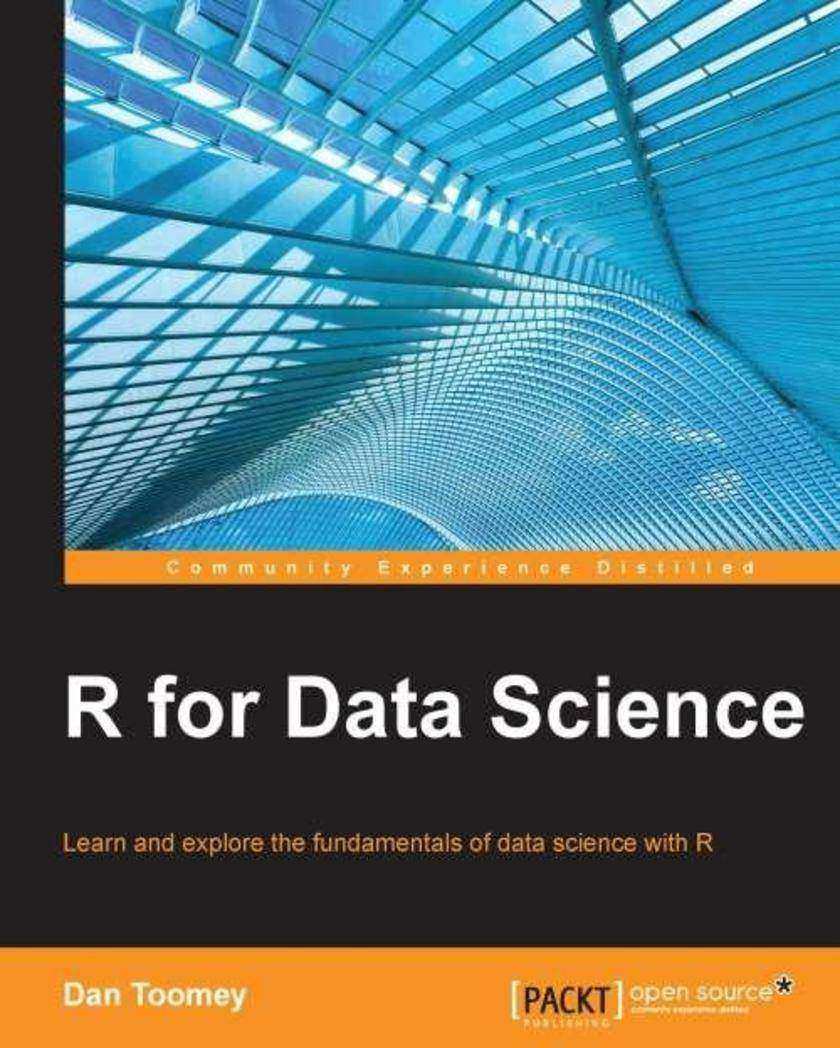
R for Data Science
¥90.46
If you are a data analyst who has a firm grip on some advanced data analysis techniques and wants to learn how to leverage the features of R, this is the book for you. You should have some basic knowledge of the R language and should know about some data science topics.
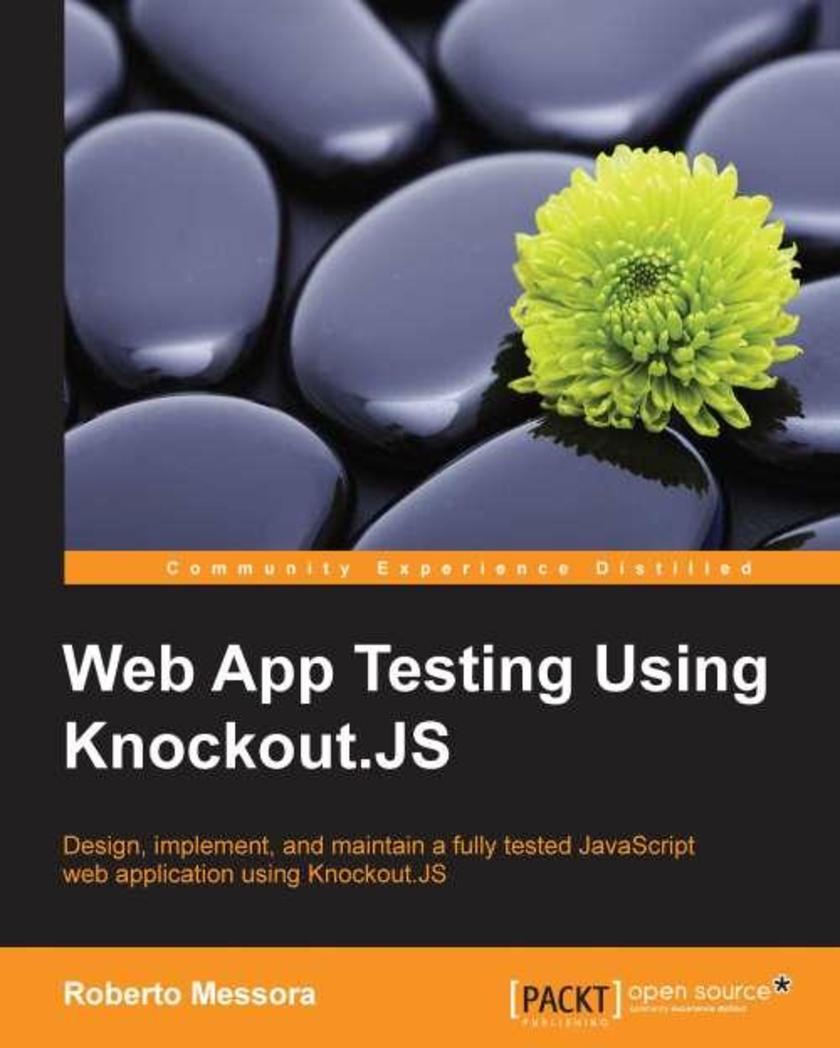
Web App Testing Using Knockout.JS
¥54.49
If you are a JavaScript developer, beginner, or an expert who wants to improve quality standards in terms of solutions design and functional verification, this book is for you. Basic understanding of web development, HTML, and JavaScript is required.
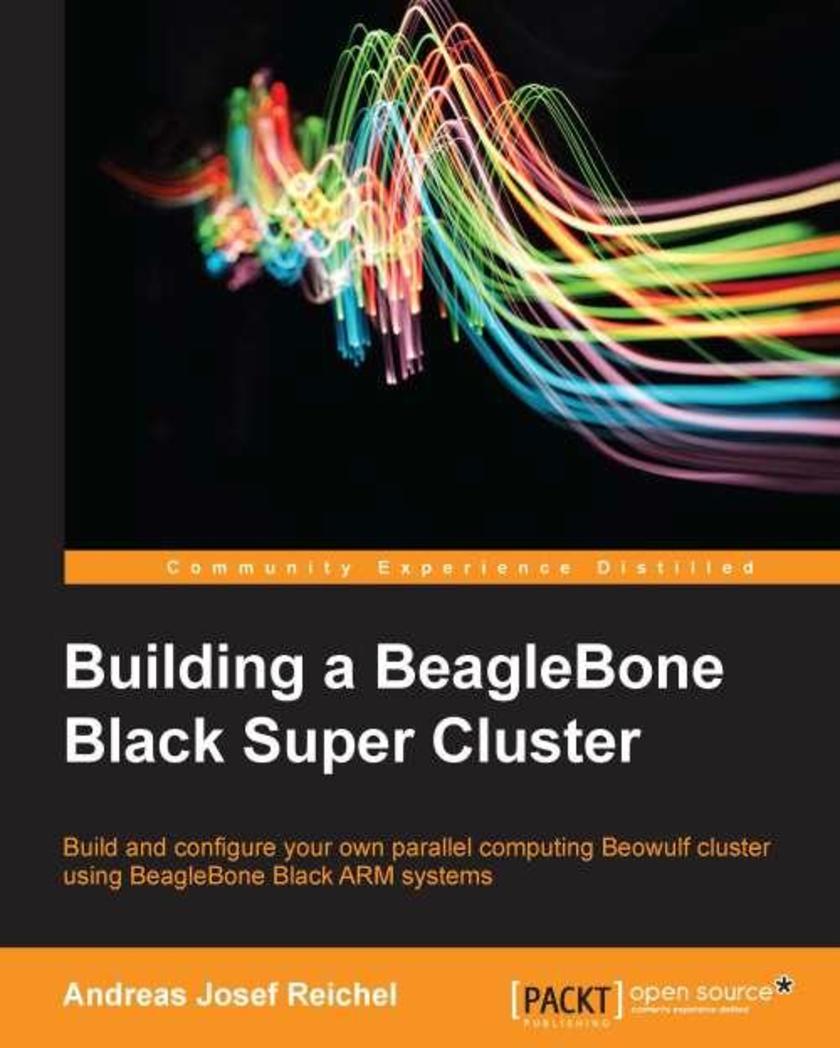
Building a Beaglebone Black Super Cluster
¥54.49
If you are a programmer, scientist, or someone interested in modern computer technology that goes beyond the typical PC, then this book will show you the outstanding possibilities of cluster computing with modern embedded systems based on ARM architecture. Whether you need a high-speed or low-cost scalable cluster for simulations or want to try something new, this book is the right guide for you.
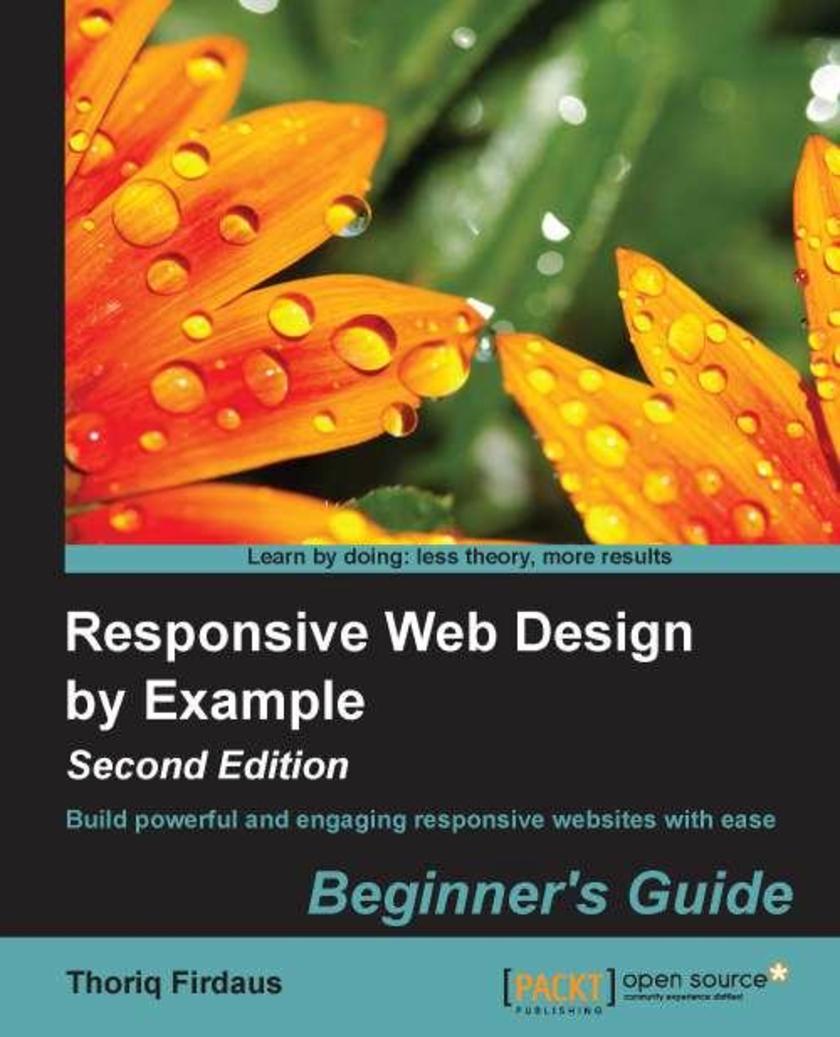
Responsive Web Design by Example : Beginner's Guide - Second Edition
¥80.65
This is the ideal reference for both new and existing web developers who want to be able to augment their skills and showcase their content in a truly professional manner.

Heroku Cookbook
¥90.46
This book is intended for developers who want to learn what it takes to deploy and manage production level applications on Heroku. You may have already deployed applications to Heroku or may be entirely new to the platform. This book will get you up to speed quickly with all the knowledge needed to run real-world web applications on Heroku. When using the recipes in this book, it would be helpful to have some prior experience of working with Git and command line applications.
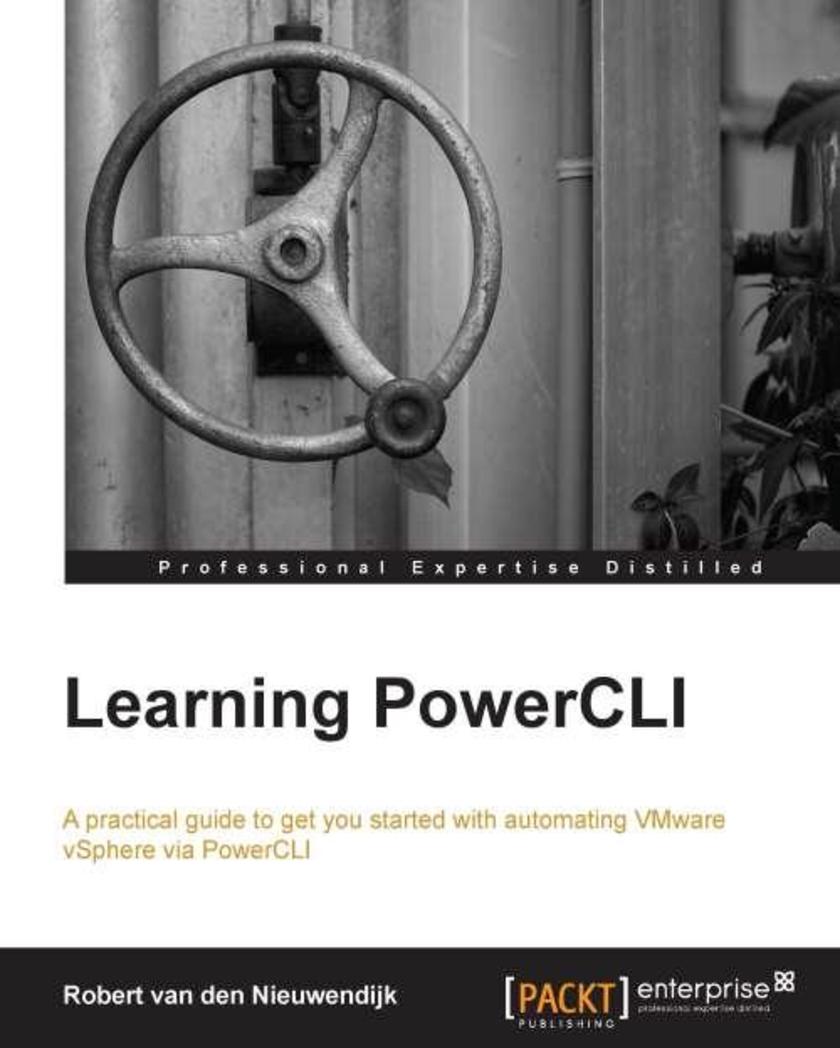
Learning PowerCLI
¥80.65
"Learning PowerCLI" is written in a friendly and practical style with a focus on getting you started and automating daily tasks quickly and efficiently. If you manage or administrate a vSphere environment, and want to make that easier and more efficient, then this book is for you! This book is ideal for you if you want to learn how to automate your VMware vSphere infrastructure, by getting the most out of PowerCLI. It’s assumed that you have some experience in administrating a VMware vSphere environment. Knowledge of Microsoft’s Windows PowerShell is not a prerequisite.
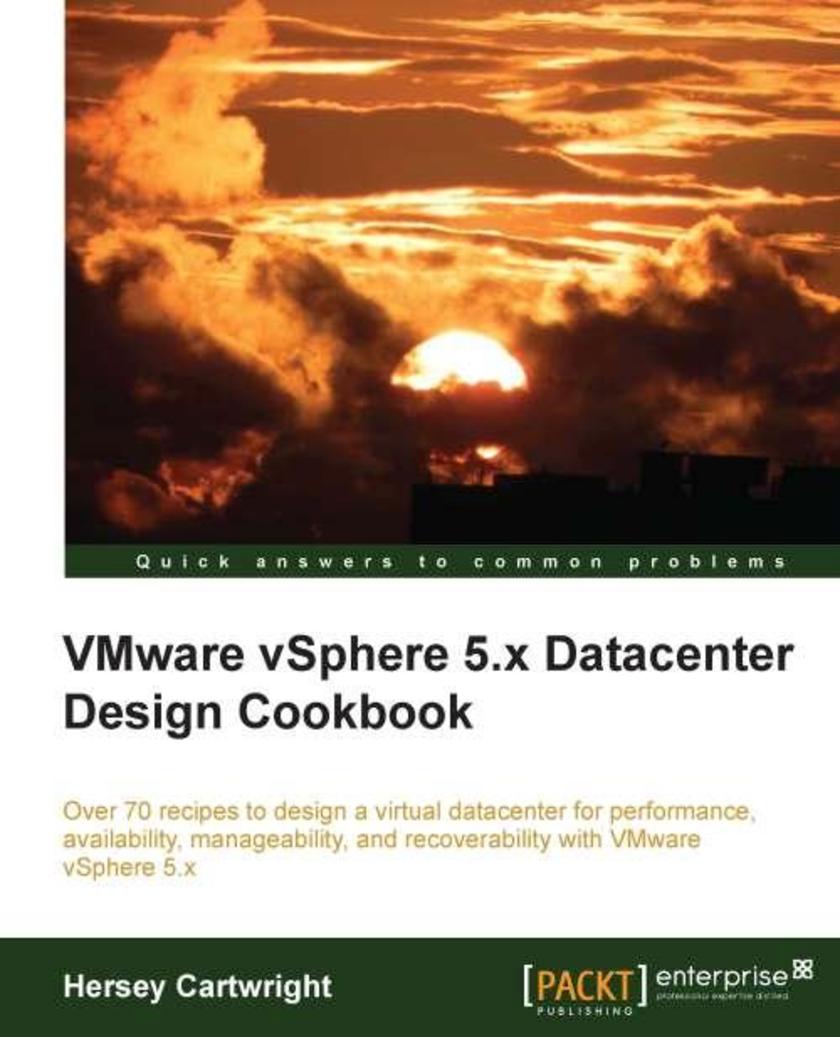
VMware vSphere 5.x Datacenter Design Cookbook
¥99.18
A practical guide packed with stepbystep recipes to design a virtual datacenter using VMware 5.x This book is a guide for anyone interested in designing virtualized datacenters using VMware vSphere 5.x and the supporting components. Current administrators of VMware vSphere environments will find this book useful when interested in becoming a vSphere Architect or are interested in learning more about the virtual datacenter design process. Knowledge of vSphere installation, configuration, and administration is a prerequisite.
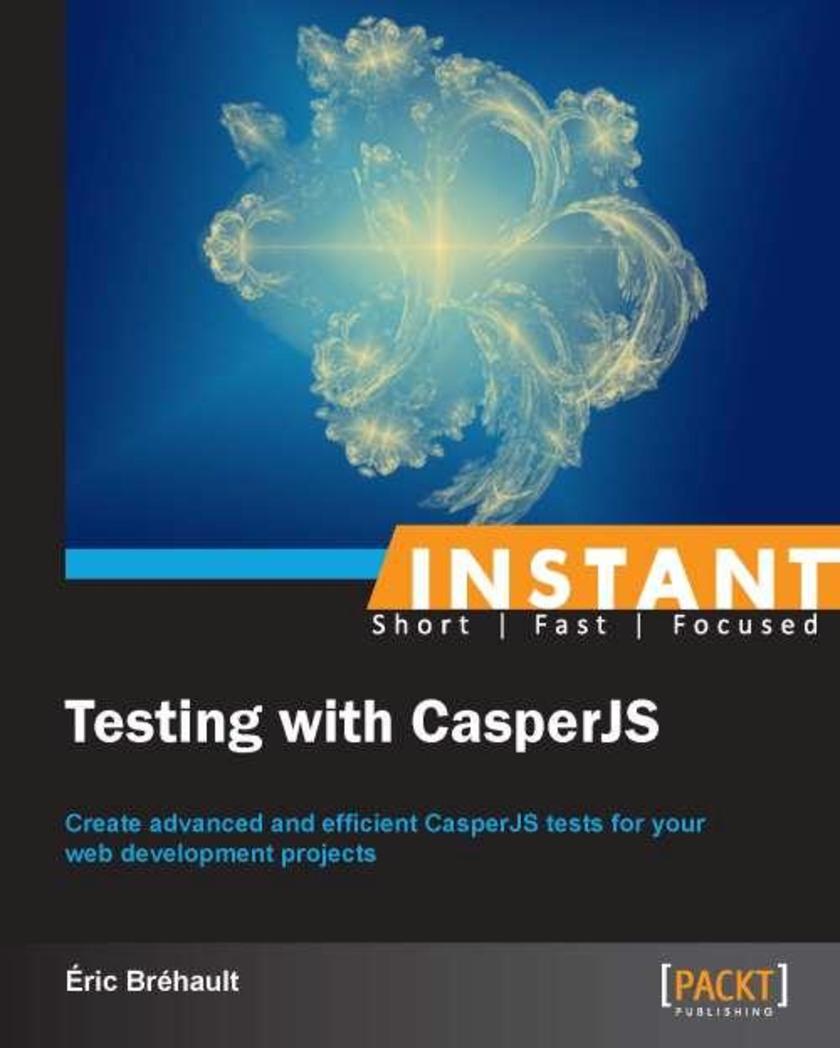
Instant Testing with CasperJS
¥45.77
Filled with practical, stepbystep instructions and clear explanations for the most important and useful tasks. A concise guide full of stepbystep recipes to teach you how to create CasperJS tests for your web development projects. This book will be extremely useful for web developers who are new to testing or who want to move from another testing solution to CasperJS. It is assumed that you are familiar with web development and have a good knowledge of JavaScript.
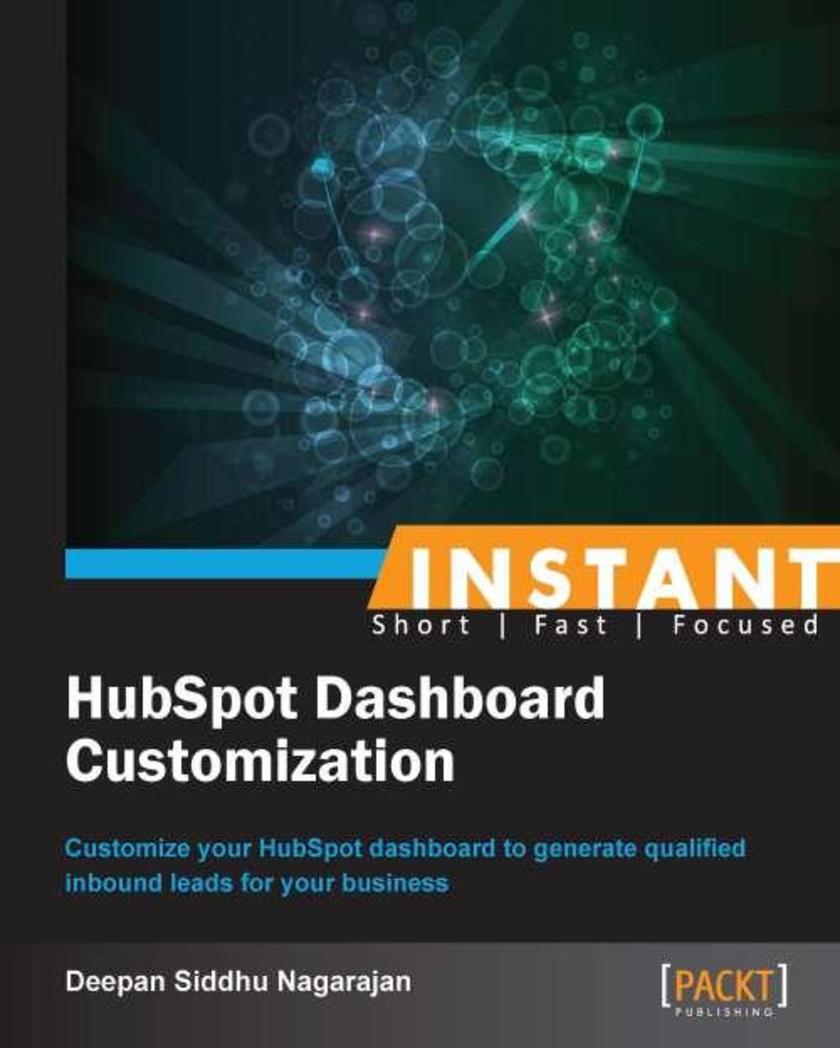
Instant HubSpot Dashboard Customization
¥35.96
Filled with practical, stepbystep instructions and clear explanations for the most important and useful tasks. A headlong guide including example driving situations, clear instructions for important tasks, and details for enhancing your social media management experience. This book is a perfect fit if you are an inbound marketing beginner who feels and believes that handling multiple marketing channels to generate leads is a cumbersome activity. The best part is, you don’t need to have coding skills to customize your Hubspot portal when you’ve got this book. Basic knowledge of computers is essential.
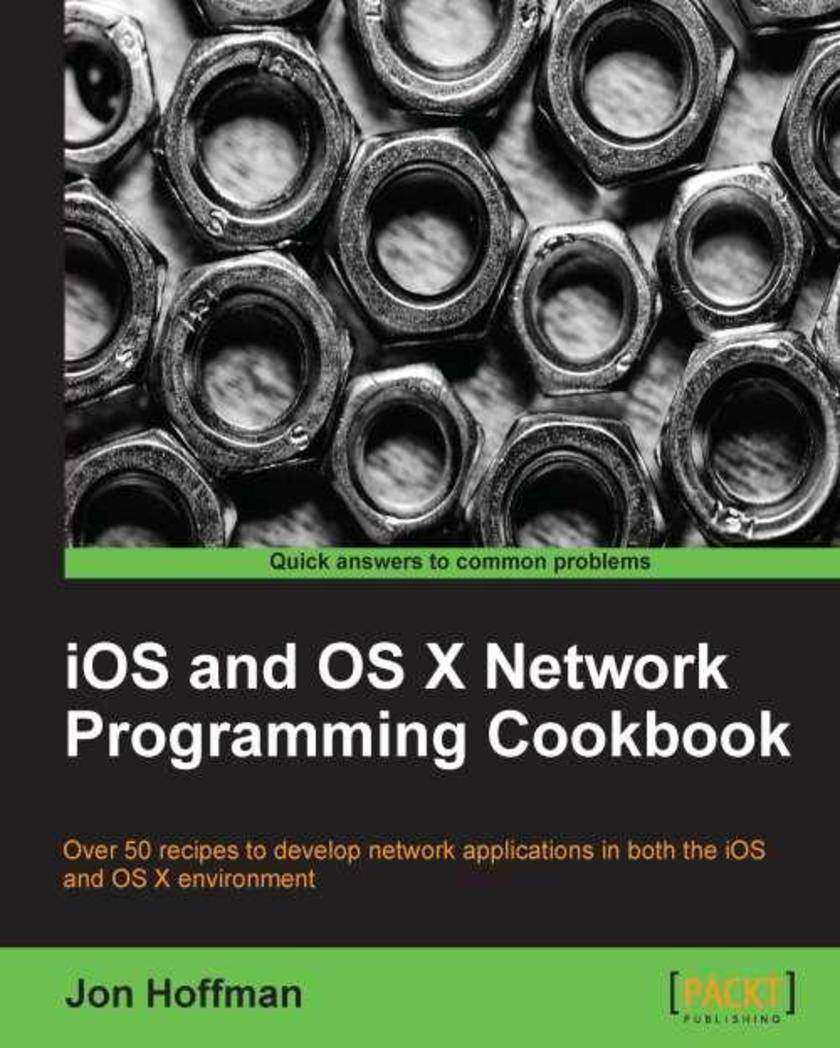
iOS and OS X Network Programming Cookbook
¥90.46
This book follows a recipebased approach that will heavily focus on the code and how to integrate the samples with the reader’s projects.Each recipe consists of one or more methods that you can put directly into your app and use. This book is ideal for developers that want to create network applications for the Apple OS X or iOS platforms. All examples are written in ObjectiveC using XCode as the IDE. Knowledge of ObjectiveC and XCode is essential.
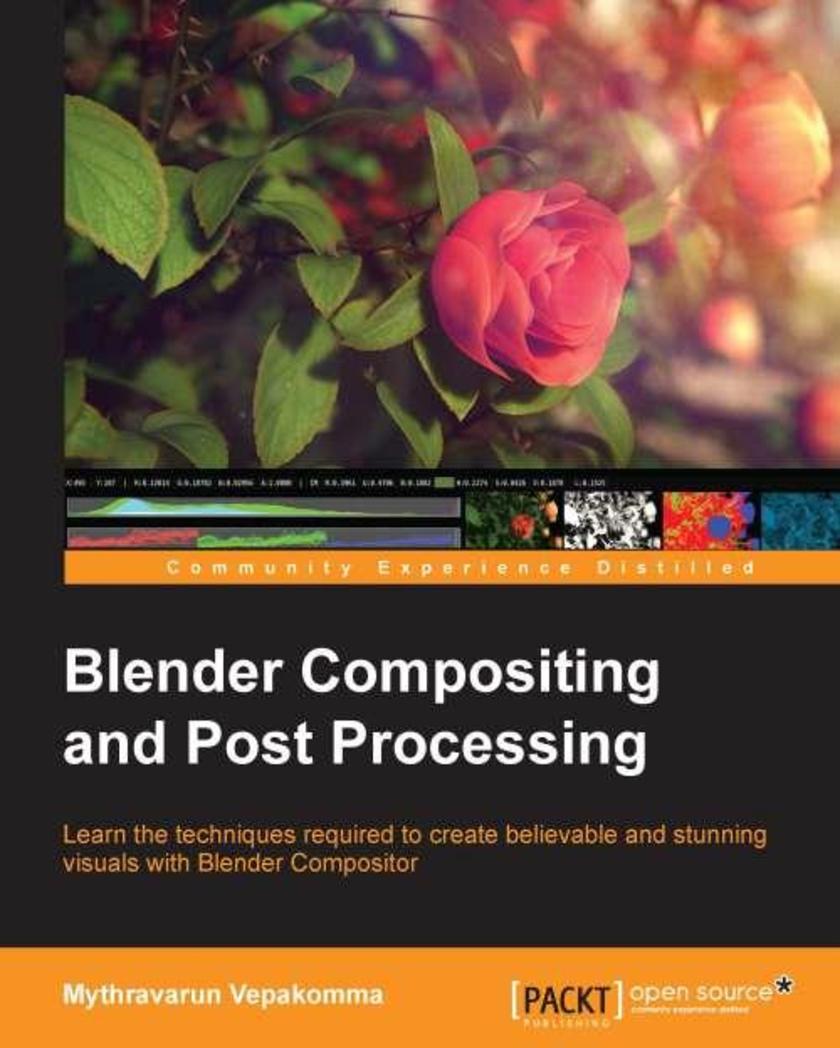
Blender Compositing and Post Processing
¥63.21
This book is a stepbystep compositing guide, with lots of illustrations and practical approaches and implementations to attain a desired visual quality to a deadline. Each chapter progressively adds to your skillset, covering a wide range of CG film making compositing concepts. This book is for digital CG artists looking to add photo realism and life to their footage. This book also assists technical CG artists in strategizing and implementing productive lighting. If you are new to Blender or compositing, this book will guide you step by step in gaining compositing skills.

Direct3D Rendering Cookbook
¥99.18
This is a practical cookbook that dives into the various methods of programming graphics with a focus on games. It is a perfect package of all the innovative and uptodate 3D rendering techniques supported by numerous illustrations, strong sample code, and concise explanations. Direct3D Rendering Cookbook is for C# .NET developers who want to learn the advanced rendering techniques made possible with DirectX 11.2. It is expected that the reader has at least a cursory knowledge of graphics programming, and although some knowledge of Direct3D 10+ is helpful, it is not necessary. An understanding of vector and matrix algebra is required.
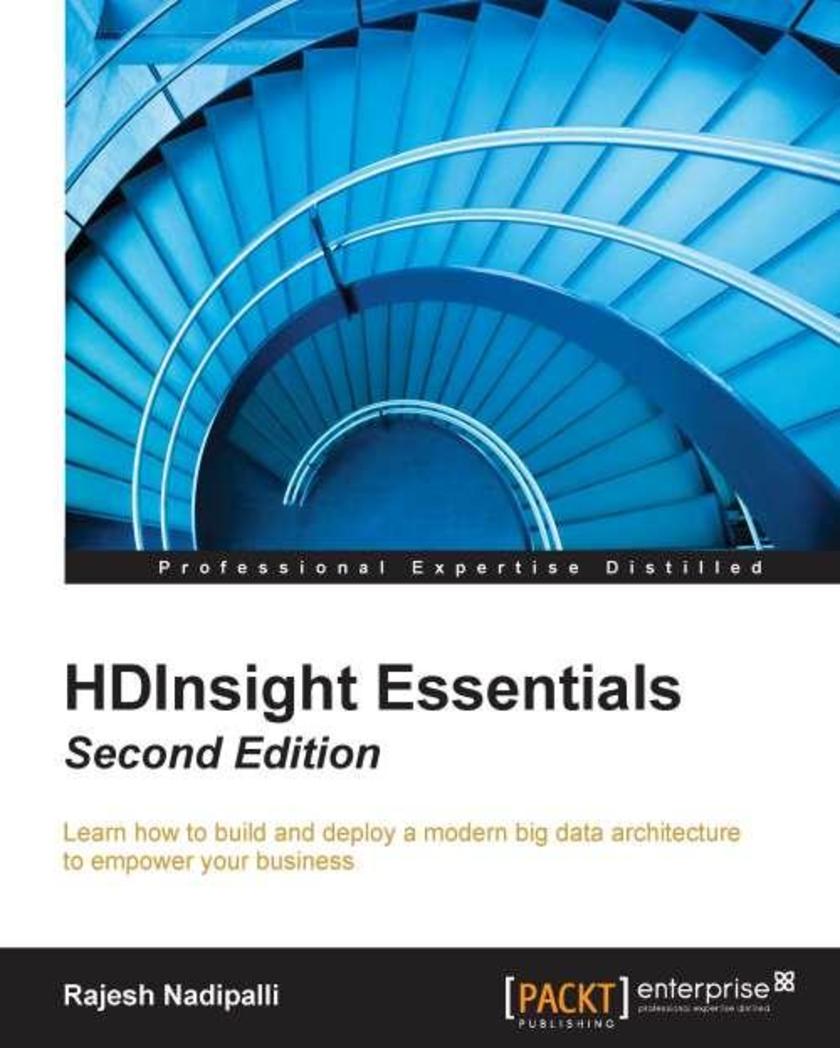
HDInsight Essentials - Second Edition
¥63.21
If you want to discover one of the latest tools designed to produce stunning Big Data insights, this book features everything you need to get to grips with your data. Whether you are a data architect, developer, or a business strategist, HDInsight adds value in everything from development, administration, and reporting.




 购物车
购物车 个人中心
个人中心



